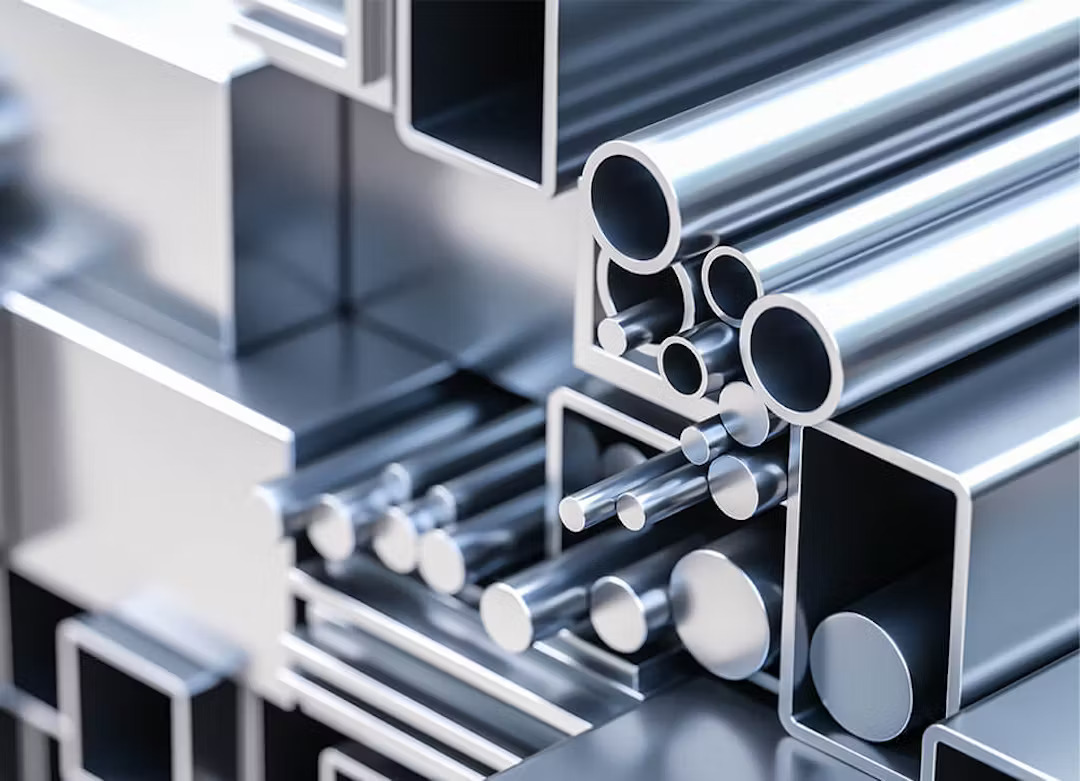An aluminium expulsion alloy is just a blended metal, produced using a foreordained combination of at least one component along with aluminium. A portion of the normal components alloyed with aluminium incorporate copper, magnesium, manganese, chromium, silicon, iron, nickel, and zinc. Aluminium typically has these alloying elements added to it in amounts between 0.05 and 7.0 percent. Item not entirely set in stone to some extent by the combination creation and to some extent by the strategy for creation. The creation strategy, thus, unequivocally impacts the last attitude of the compound, which is gotten through different sorts of mechanical and warm medicines. Underlying and certain actual properties are impacted fundamentally by the decision of combination and temper.
Elements
Aluminium can be alloyed with manganese, magnesium, copper, silicon, and/or zinc to produce a variety of desirable properties, such as increased strength, improved formability, and resistance to corrosion. The appropriate equilibrium of alloying material relies upon the planned utilization of the completed piece.
Various properties may make certain alloys particularly desirable:
- Exceptionally lightweight (33% the thickness of steel and cement)
- High strength (similar to endlessly steel/substantial composites)
- Amazing low-temperature execution (strength and malleability as high or higher at freezing temperatures as at room temperature)
- Extraordinary erosion obstruction (aluminium won’t rust like normal steel)
- Simplicity of creation by numerous strategies, (promptly accepts remarkable underlying setups, has brilliant weld capacity, great machineability)



